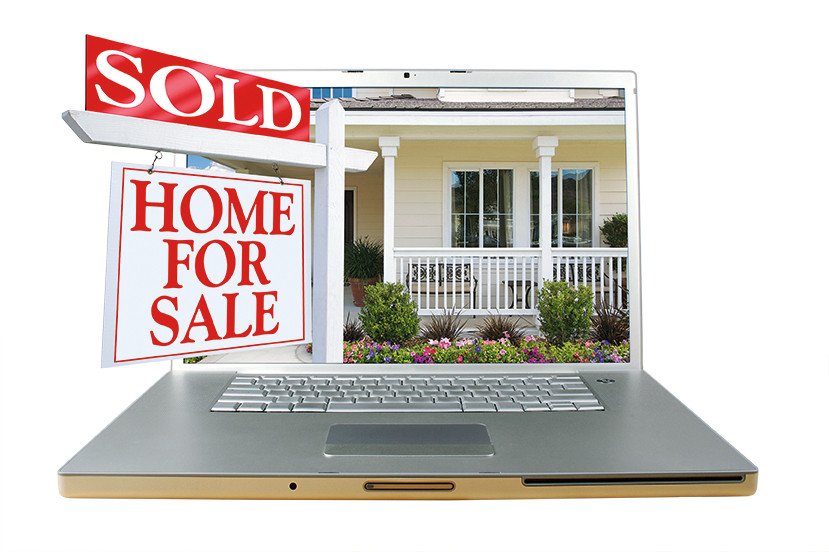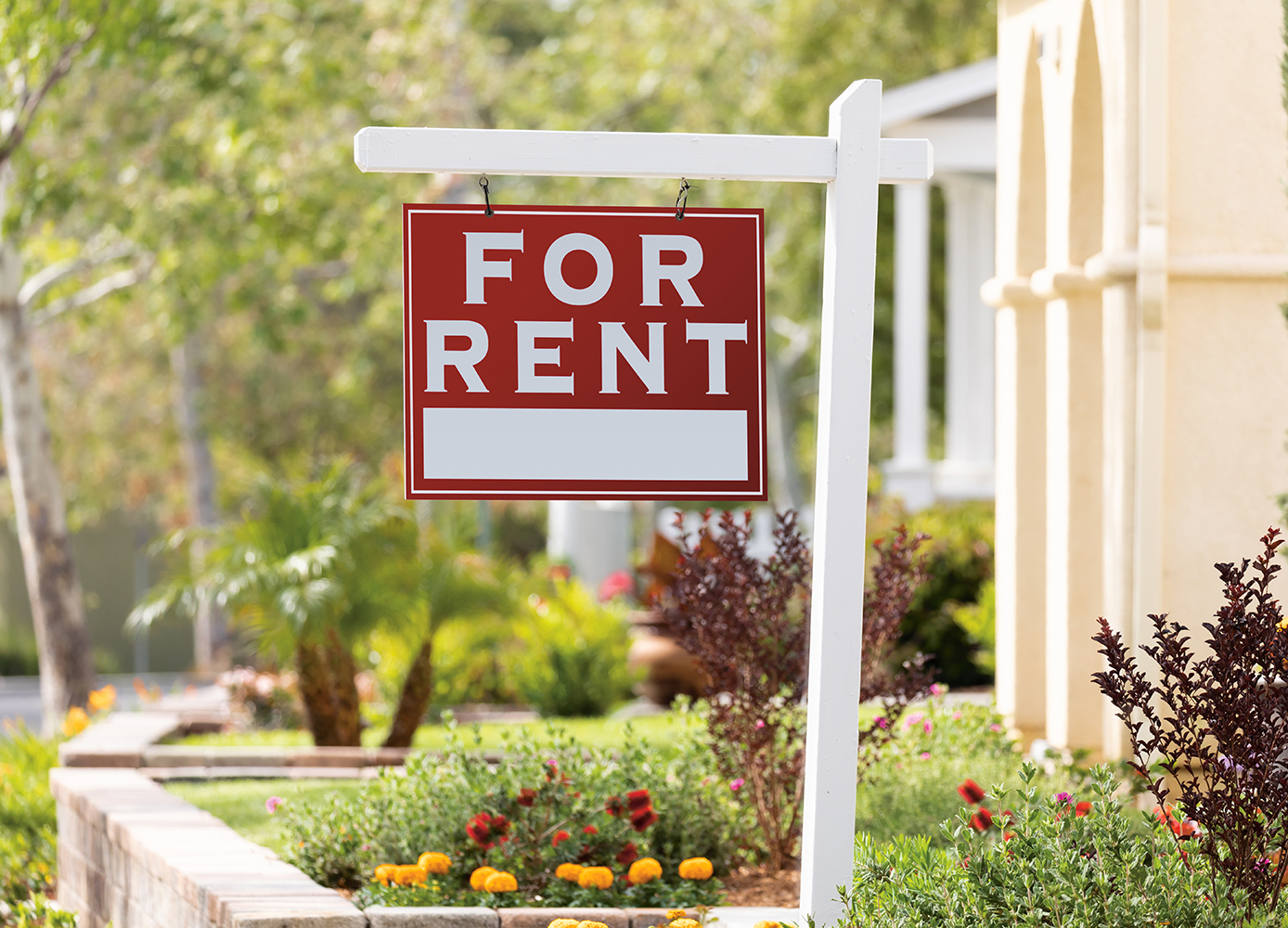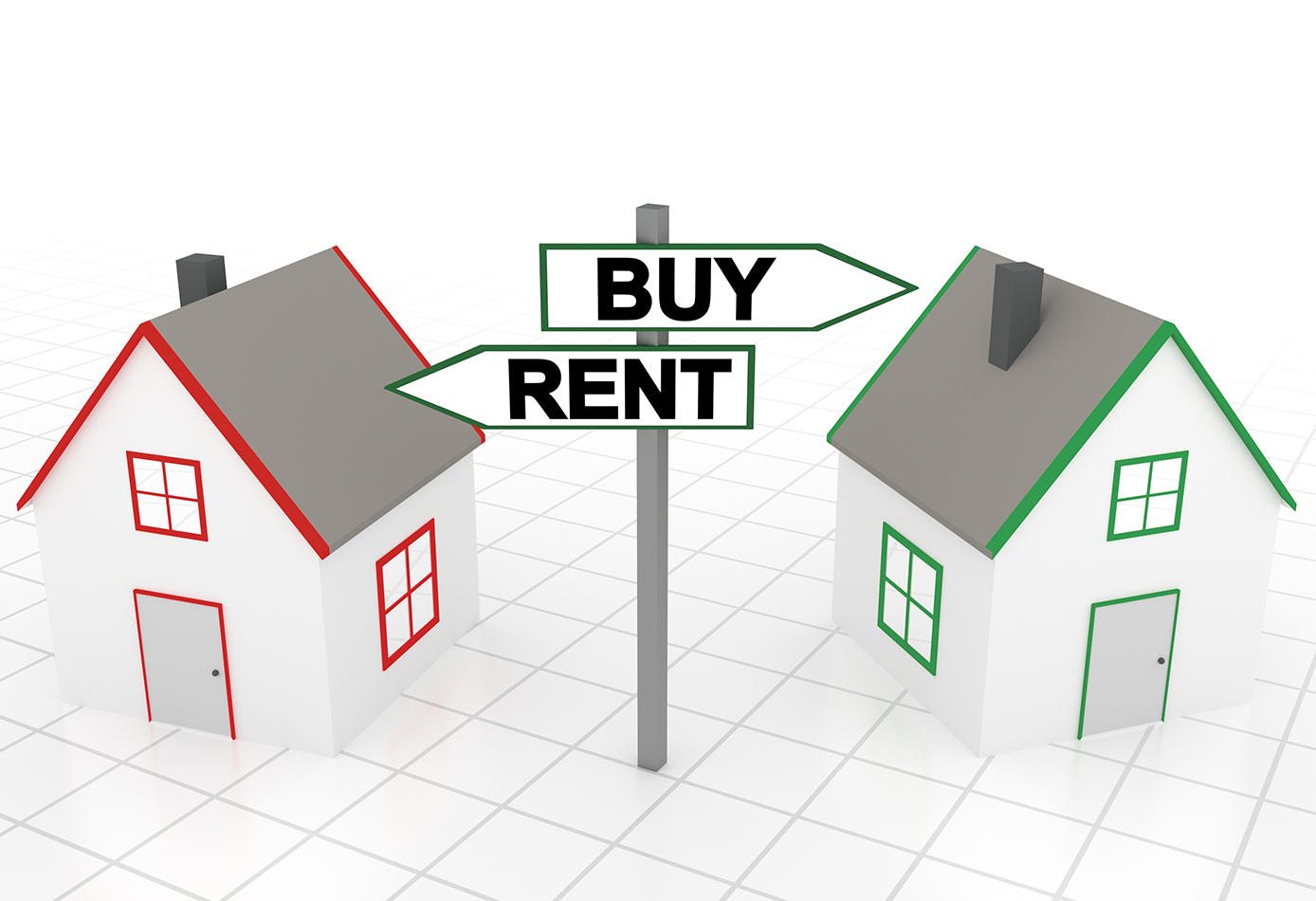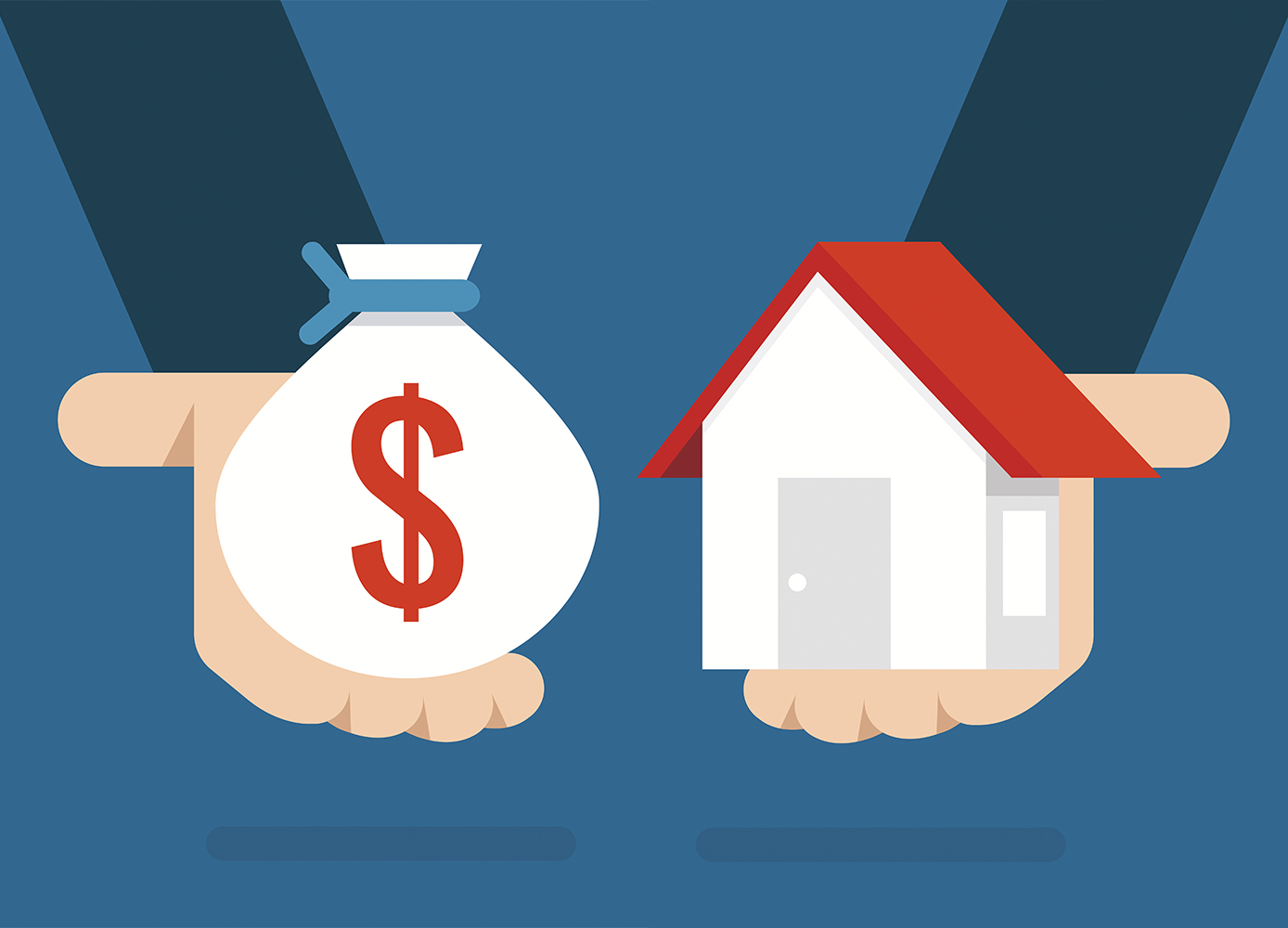If you know where to focus your attention, you can boost the amount you get for your house and avoid spending money you don’t need to
By Olev Edur
So the kids have grown and flown the coop, and now you’re thinking about selling that big old family home and downsizing? Or maybe opting for the carefree condo lifestyle or travelling the world?
Certainly real estate values are higher than ever in most parts of the country, having climbed steadily for the past 20 years, aided in part by phenomenally low interest rates. But with those rates poised to rise eventually, now might be as good a time as any to move on.
Of course, you want to be sure you get maximum dollar when you sell your home, but what exactly does that entail? What could you do to increase the price? How far should you go in fixing things up? And when’s the best time to sell?
Returns on Renos Vary
First, in case you’re contemplating a big job such as a major kitchen renovation because you heard the family down the street got so much more for their house after they did it, the general rule seems to be that almost no major renovation project is going to generate a 100 per cent cash payback (unless you’re a skilled tradesperson who can do the work properly yourself).
Second, while there’s no end of helpful information on paybacks from renovation projects on the Internet, with many sites offering their own lists of “best” and sometimes “worst” projects in terms of investment recovery, actual returns on any given project can vary dramatically because property values depend greatly on context—including the surrounding neighbourhood and the general nature and state of the house itself.
“Real estate is all about location, location, location, but some locations are better and some are worse when it comes to how far you should go with renovations,” says Brandon May, a Vancouver Island realtor with Re/Max Check Realty. “It depends on the house, too. Every house is different, and that’s where realtors can help by advising you about what should and shouldn’t be done, based on their familiarity with the market.”
As an example of those payback listings, an article by Kathy McCleary on HGTV’s website cited statistics from Remodeling Magazine (a US-based contractors’ trade publication) indicating one of the top money-returning home improvements is installing new vinyl siding, for which you could get back 92.8 per cent of your investment; similar returns (89 per cent) are suggested in an article by Colleen Kane on CNBC’s real estate web pages. But of course this would apply only if your house had siding and it was in rough shape—putting vinyl siding on a brick bungalow won’t enhance its value much, if at all.
Kitchen and bathroom renovations are also high on everyone’s “best” listings, too, but within limits. McCleary’s examination of the Remodeling stats revealed that the only type of project yielding a better return than new siding was a “minor” kitchen renovation (i.e., costing less than $15,000). Similarly, an article on Heather Levin’s website Money Crashers envisioned returns ranging from 60 to 120 per cent on kitchen renos, “as long as you don’t go overboard.”
Among the worst projects, as far as payback goes, according to most listings, were swimming pool installations and gourmet kitchen makeovers.
“Hot” Markets Are the Exception
McCleary also said a kitchen or bath remodelling might garner more than 100 per cent resale returns in the hottest housing markets, but such markets—in Canada, these are the perennially popular Toronto and Vancouver urban conglomerations—are by definition exceptions to the norm.
In East York, for example, in a large tract of two-bedroom brick postwar bungalows just a few kilometres from downtown Toronto, at least a dozen of these houses in any given month are being upgraded with second floors. “Popping the top” can cost $200,000 or more, but that’s easily recouped in a market where a typical bungalow fetches $600,000 to $700,000, whereas a good two-storey reno can run seven digits. Making the same kind of real estate investment in most other Canadian localities is highly inadvisable.
That’s not to say that something such as adding a second bathroom can’t offer payback on your full investment. Again, it depends very much on the particular property and neighbourhood. Is there enough floor space for such an addition, for example, and will the upgrade fit with the rest of the house? Similarly, a fancy kitchen may look great, but is it going to look out of place in an otherwise modest home?
The decision as to what should be done can also depend on the market.
Photo: iStock/Travellinglight.
“We’re finding that with a huge amount of inventory, properties are still selling well, but not if they need a lot of work,” says Josh Cimon, an agent who specializes in business development at Paul Rushforth Real Estate in Ottawa. “Sometimes it can pay, for example, to install new flooring before selling. If it’s a question of not having the cash, your realtor may have an agreement with a contractor who can do the work and let you pay him or her after the house is sold.”
Some renovations may be necessary not because they’ll add to your house’s value but because not doing them can detract from it or make the home tougher to sell. This generally applies to taking care of the bones of the house—structural, electrical, plumbing, roof, etc. Defects in any of these areas will deter buyers and certainly won’t encourage top-dollar bids.
Keep Costs Down
Beyond the exceptions mentioned above, the paybacks cited by most experts are almost invariably less than 100 per cent, often considerably so. If you want to fix the house up for your own enjoyment and get a decent rebate down the road, that’s one thing, but major renovations generally are not a good investment if you’re planning to move soon.
Rather, both Cimon and May suggest you focus on improvements that don’t cost a lot of money but could make a significant difference to the appearance of the property.
“First impressions are very important,” May says. “You should clean up the yard and garden so the property looks good from the street. Likewise, paint is relatively inexpensive and it can make a lot of difference.”
“The house needs to show well overall,” Cimon says. “I wouldn’t advise a full-on renovation, but a coat of paint certainly helps. You might want to hire a professional cleaning service to give the house a thorough once-over and maybe rent a special machine to get rid of any smells. Often it’s a case of doing the least amount of work to make the house presentable.”
Cimon adds that in a seller’s market, you may need to do a bit more than normal, and that the opposite applies in a buyer’s market. “In a buyer’s market, you may just want to get it onto the market as is,” he says. “If there are horrendous problems, you can deal with those, because buyers don’t want to think about having to do a lot of work, but it’s often the cheaper things that add the most value to your property.”
Both Cimon and May also stress the importance of de-cluttering the house so that it looks as clean and spacious as possible. “Most often, this is harder to do than it seems,” Cimon says. “If it’s a big problem, there are services available to help you.”
Should You Employ Staging?
In recent years, it’s become common practice to “stage” a home when selling, i.e., to try to make it look like a property featured in Better Homes and Gardens magazine by renting high-end furniture and fixtures to enhance the decor. After all, the nicer the place looks, the better its sales potential. But here, too, there’s no need to spend thousands of dollars if you can get a suitable result for minimal cost.
“If you have a completely empty house and you start bringing in a lot of furniture and fixtures, then yes, staging can cost thousands of dollars,” May says. “But you probably don’t need to spend that much. Usually you can hire a consultant for an hour or two to look at the home and give advice on what you could do, and then you can do the work yourself. That way, it’s relatively inexpensive.”
“Work with what you have—maybe rent a few pillows and pictures—but you don’t need to start bringing in a lot of furniture,” Cimon agrees. “Hiring a consultant might cost a few hundred dollars—some of them will even provide a free consultation; they’ll give you a full report, and then you can take it from there.
“Stagers often work with what you have, although it becomes a bit more challenging if you’ve lived in the same house for 30 or 40 years,” Cimon says. “For example, if you’ve still got the same furniture that you bought when you moved in, then you might want to think about replacing some of it. But otherwise there’s no need to go overboard unless you have a very expensive home.”
The Best Time to Sell
As for when you should list the property, spring is traditionally considered the best time to sell, but that’s not necessarily true for all homes. It can depend on other factors, as well.
“There are more home sales in the spring because there are more buyers,” Cimon says. “But then, there’s also more inventory on the market, more competition. There aren’t as many buyers in fall and winter, but there’s less competition, and you can be pretty sure that anyone buying a house in the fall or winter is serious.
“It really depends on the particular market,” Cimon says. “You should talk to your realtor about timing, but it’s not necessarily true that spring is the best time to go onto the market.”
Realtors
Finally, should you use realtors, who are going to charge up to five percent of your selling price in commissions, or try to sell your home yourself?
Photo: Fotolia/Christian Kieffer.
Certainly if you have sales savvy, understand the market thoroughly, and can present your house professionally, then you might indeed be able to garner a few thousand extra dollars through the self-sell route. But given the time, effort, and potential frustrations, most empty-nesters would be better served by having a skilled realtor do the legwork.
“Some people try to go it alone, although the percentage of all home sellers isn’t huge,” May says. “Sometimes they try it but then give up and revert to using a realtor. You have to understand that it takes a lot of time and effort to price the home properly, handle all the paperwork, conduct showings and arrange open houses, and deal with potential buyers, not all of whom are really serious.
“At the end of the day, any serious buyer is going to be working with a realtor,” May says. “There also can be a lot of risks—that’s why realtors have insurance coverage. It isn’t just a case of hanging out a sign and waiting for the offers to roll in.”







